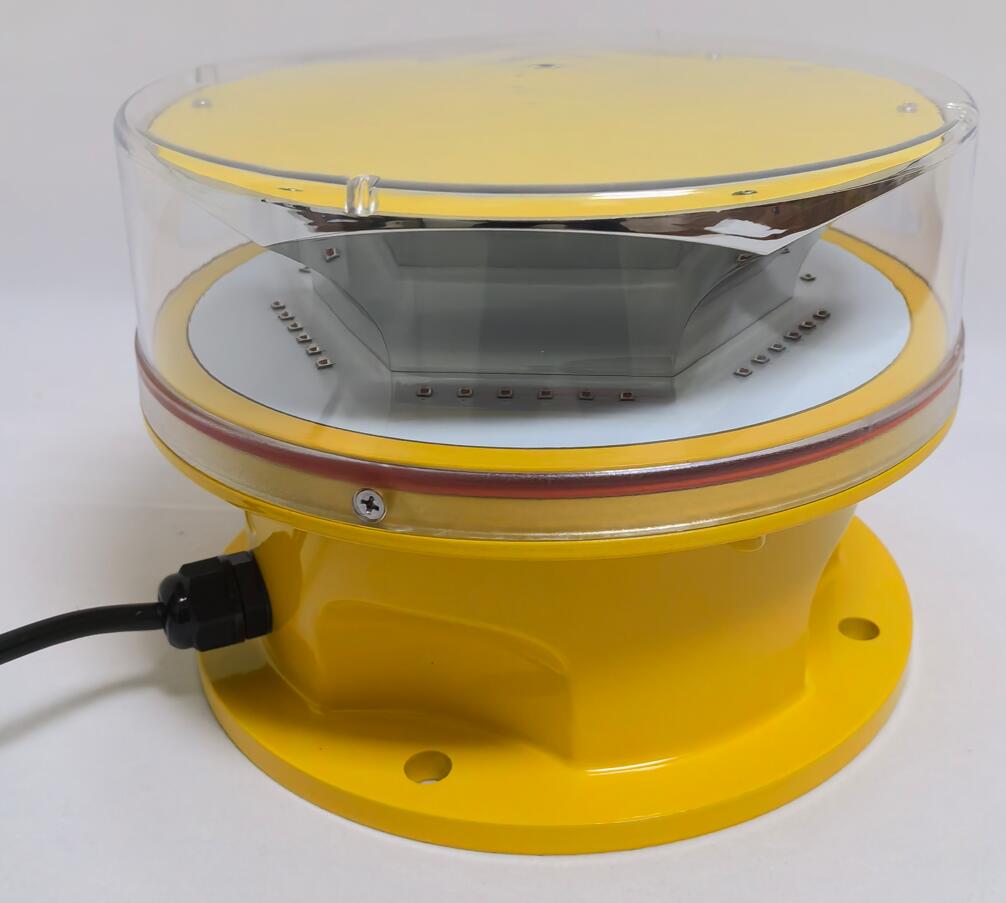Posted: 2025-04-04
As air traffic continues to grow, the need for obstruction lights aviation safety systems has never been greater. These essential warning lights mark tall structures—such as towers, cranes, and wind turbines—to prevent collisions with aircraft. This article explores the importance of obstruction lights aviation, their types, regulatory standards, and emerging technologies shaping their future.
Why Obstruction Lights Are Vital for Aviation Safety
Tall structures pose significant risks to low-flying aircraft, especially during nighttime or poor weather conditions. Obstruction lights aviation systems serve as critical visual aids by:
Preventing Mid-Air Collisions – Alerting pilots to potential hazards.
Enhancing Visibility in Low Light – Ensuring structures are detectable in fog, rain, or darkness.
Complying with Aviation Regulations – Meeting international and local safety standards.
Without these lights, structures like communication towers, skyscrapers, and construction cranes could become deadly obstacles.
Types of Obstruction Lights in Aviation
Different structures require different lighting solutions based on height and location:
1. Low-Intensity Red Lights (LIRL)
Used for structures under 45 meters (148 feet).
Steady-burning red lights for nighttime visibility.
2. Medium-Intensity Red Lights (MIRL)
For structures between 45–150 meters (148–492 feet).
Flashing or steady red lights for better visibility.

3. High-Intensity White Strobe Lights (HIWL)
Required for structures exceeding 150 meters (492 feet).
Bright white flashes visible from long distances.
4. Dual Lighting Systems
Combine red and white lights for maximum detection.
Often used on very tall structures like wind turbines and transmission towers.
| obstruction lights aviation |
Global Aviation Lighting Regulations
To ensure uniformity in aviation safety, several organizations set standards for obstruction lights aviation:
ICAO (International Civil Aviation Organization) – Recommends lighting for structures taller than 45 meters.
FAA (Federal Aviation Administration, USA) – Requires lights on structures over 60 meters (200 feet) and near airports.
EASA (European Union Aviation Safety Agency) – Follows similar guidelines with additional environmental considerations.
Local Aviation Authorities – Some countries impose stricter rules based on air traffic density.
Non-compliance can result in fines, forced structure modifications, or even legal liability in case of accidents.
Best Practices for Installing Obstruction Lights
Proper installation ensures optimal performance and regulatory compliance:
Correct Placement – Lights should be positioned at the highest point and intermediate levels if needed.
Reliable Power Supply – Backup batteries or solar panels prevent failures during outages.
Regular Maintenance – Routine checks for damage, dirt, or electrical issues.
Automated Controls – Light sensors or timers to activate at dusk and deactivate at dawn.
Technological Advances in Obstruction Lighting
Innovations are making obstruction lights aviation systems more efficient and reliable:
LED Technology – Longer lifespan, lower energy consumption, and brighter output.
Wireless Monitoring – Remote diagnostics alert operators to malfunctions in real time.
Solar-Powered Systems – Ideal for remote locations without grid access.
Smart Lighting – Adaptive brightness based on weather conditions.
Case Studies: Obstruction Lights in Action
1. Burj Khalifa, Dubai
The world’s tallest building uses high-intensity white strobes to comply with ICAO standards.
Special lighting configurations prevent disorientation for pilots.
2. Offshore Wind Farms, North Sea
Wind turbines use dual red and white lights for maximum visibility.
Radar-assisted lighting systems activate only when aircraft are detected.
3. Construction Cranes in New York City
NYC regulations require flashing red lights on all cranes above a certain height.
Temporary structures must still meet FAA lighting standards.
Future Trends in Aviation Obstruction Lighting
As airspace becomes more crowded, new developments are emerging:
Drone Detection Lights – Specialized lighting for UAV traffic management.
Eco-Friendly Designs – Reducing light pollution while maintaining safety.
AI-Enhanced Systems – Predictive analytics to optimize light placement and intensity.
Obstruction lights aviation systems are a non-negotiable aspect of modern air safety. From towering skyscrapers to temporary construction cranes, these lights protect lives by ensuring pilots can navigate safely. With advancing technology and stricter regulations, the future of obstruction lighting promises even greater reliability and efficiency.
Investing in high-quality obstruction lights aviation solutions is not just about compliance—it’s about safeguarding the skies for generations to come.